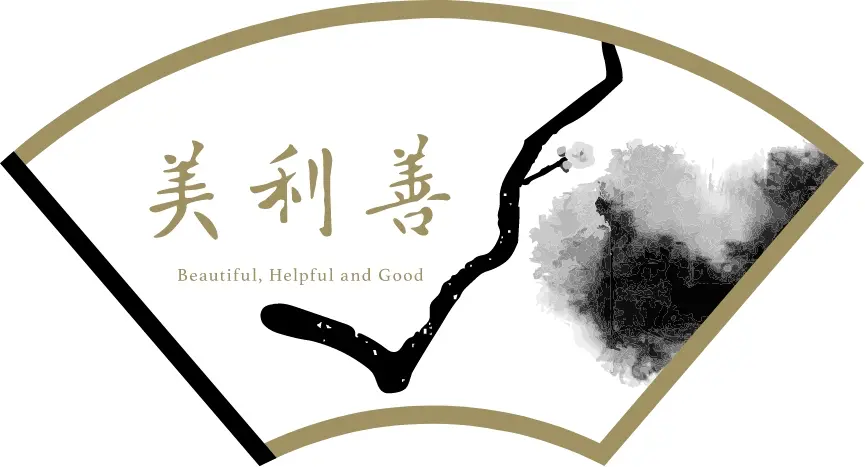Noh play “Shakkyō (Stone Bridge)” and Conceit of the Heart -Part 1

Japanese classical literature and performing arts contain a strong message of warning against the conceit of the heart.
For example, “The Tale of the Heike”, which was written some 800 years ago, begins with a concise and impressive description of the warning against the conceit of the heart and the consequences of a life that has forgotten it. The essays “Houjouki” and “Tsurezuregusa”, both of which were written around the time of it, also express a very positive view of a way of life that suppresses the conceit of the heart. Noh play, Linked Poem, and Tea Ceremony, all of which were established in the Muromachi period (1336–1573), are all based on the concept of “how to confront the conceit of the heart”.
Our NFT marketplace “Tou Chakai”, currently under development, also incorporates these traditional Japanese values. The bridge and two artistic portraits of lion in the key visual on the above come from the Noh play “Shakkyō (Stone Bridge)”.
The lion dance in the latter part of this program has long been performed at festive occasions, and since the Meiji period (1868–1912), it has also been performed as a Noh play for entertaining foreign guests. Many people are probably familiar with this magnificent and gorgeous dance, as it is also incorporated into Kabuki plays such as “Renjishi”.
In fact, “Shakkyō” is a performance full of mysteries, with neither the date of its creation nor its author clearly known.
The first half of this program has very little movement, and is rarely performed, compared to the lively and dynamic latter half.
The main character (Shite) in the first half is not a lion but a mysterious boy wearing a Noh mask. The other character (Waki) is Jakujou Hoshi (962–1034), an aristocrat who actually existed about 1,000 years ago and became a monk with a broken heart who left Kyoto and went to China.
The boy warns Jakujou when he delighted and tried to cross the Stone Bridge in the front of him, saying,
“You should not think that can easily cross the bridge because of your spiritual power.” and,
“No one be will be able to cross this bridge without the support of the deities and Buddhas.”
What does this bridge really mean? And did Jakujou cross the bridge as he wished?
Like other Noh performances, “Shakkyō” does not give answers or conclusions, but leaves it to the audience’s free interpretation.
I wish to tackle this interpretation head on and ask the world through my business. In the next issue, I would like to explore this work in more depth with you.
Reference sites : the Noh.com “Shakkyō ”

